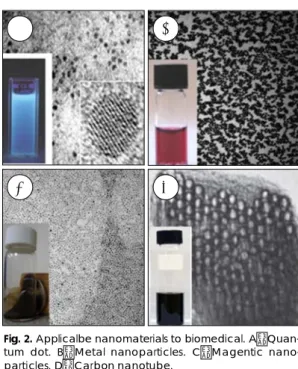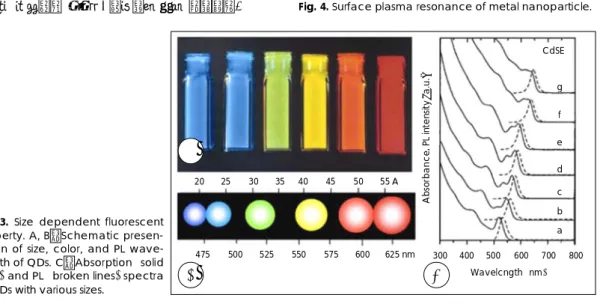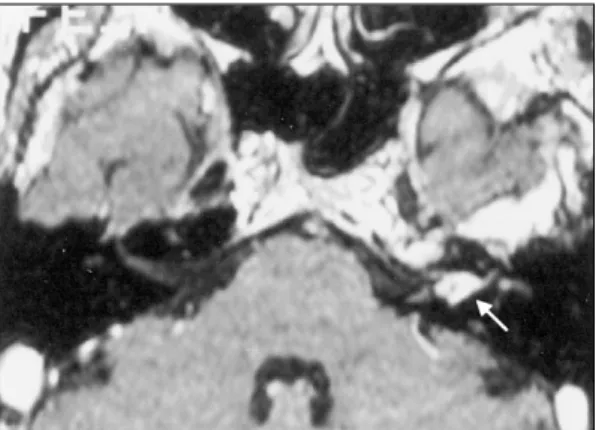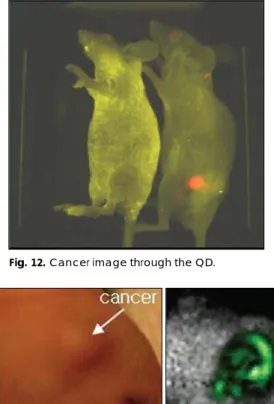나노물질의 의학분야 활용 및 전망
전체 글
수치




관련 문서
Postoperative Postoperative Postoperative Postoperative Magnetic Magnetic Magnetic Magnetic resonance resonance resonance image resonance image image image shows
It reveals that remarkable improvement in the convective heat transfer coefficient of MWCNT/Fe 3 O 4 hybrid nanofluid was shown at a weight concentration
For this study, we developed the scan type magnetic camera to resolve issues on shortcomings and restrictions of the magnetic particle testing (MT), the magnetic flux
A Study on the Wireless Power Transmission of magnetic resonance using Superconducting
Consequently, Zr-Cu binary alloys have the potential to be used as biomaterials with nullifying magnetic properties for magnetic resonance imaging diagnosis and
The magnetic flux leakage inspection method is more advanced than the magnetic particle inspection method in terms of quantitative evaluation and can detect flaws and
Magnetic characteristic of Zr-7Cu-xSn alloys: (a) The magnetization of applied magnetic field for Zr-7Si-xSn and (b) Magnetic susceptibilities of Zr-7Si-xSn and
For an electron, the magnetic moment is antiparallel to the orbital angular momentum, but proportional to it. For spin angular momentum, there is a factor 2, which

